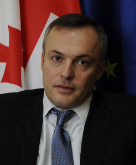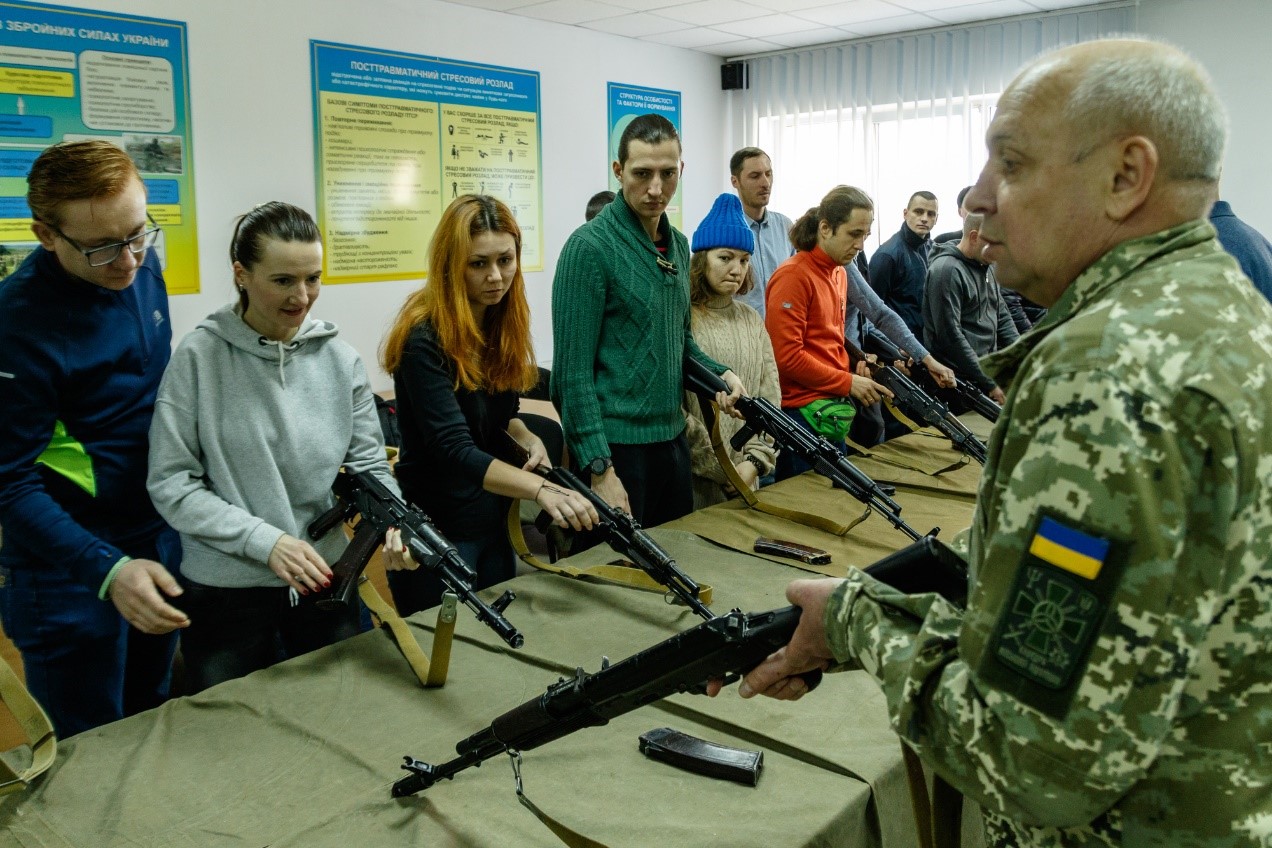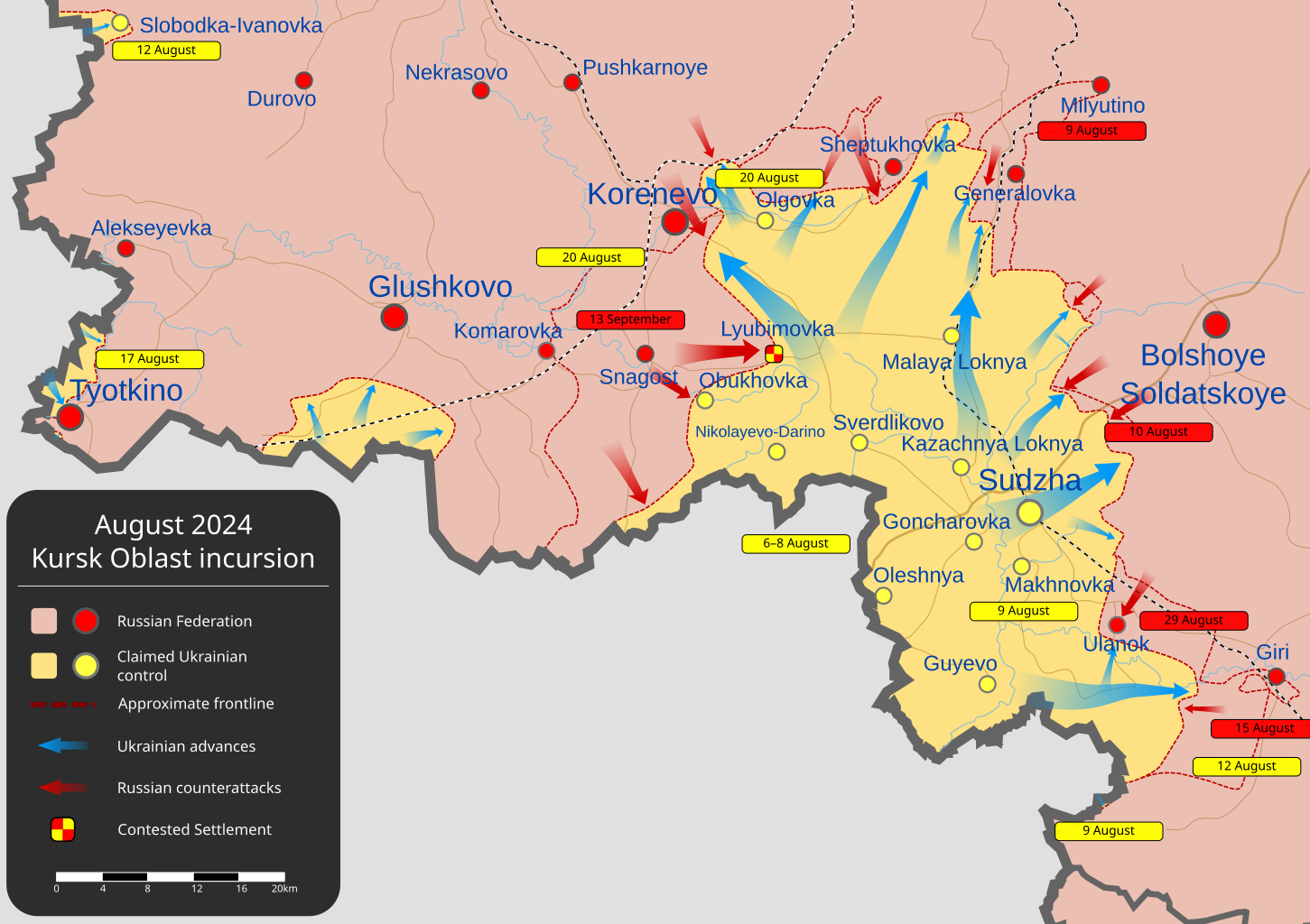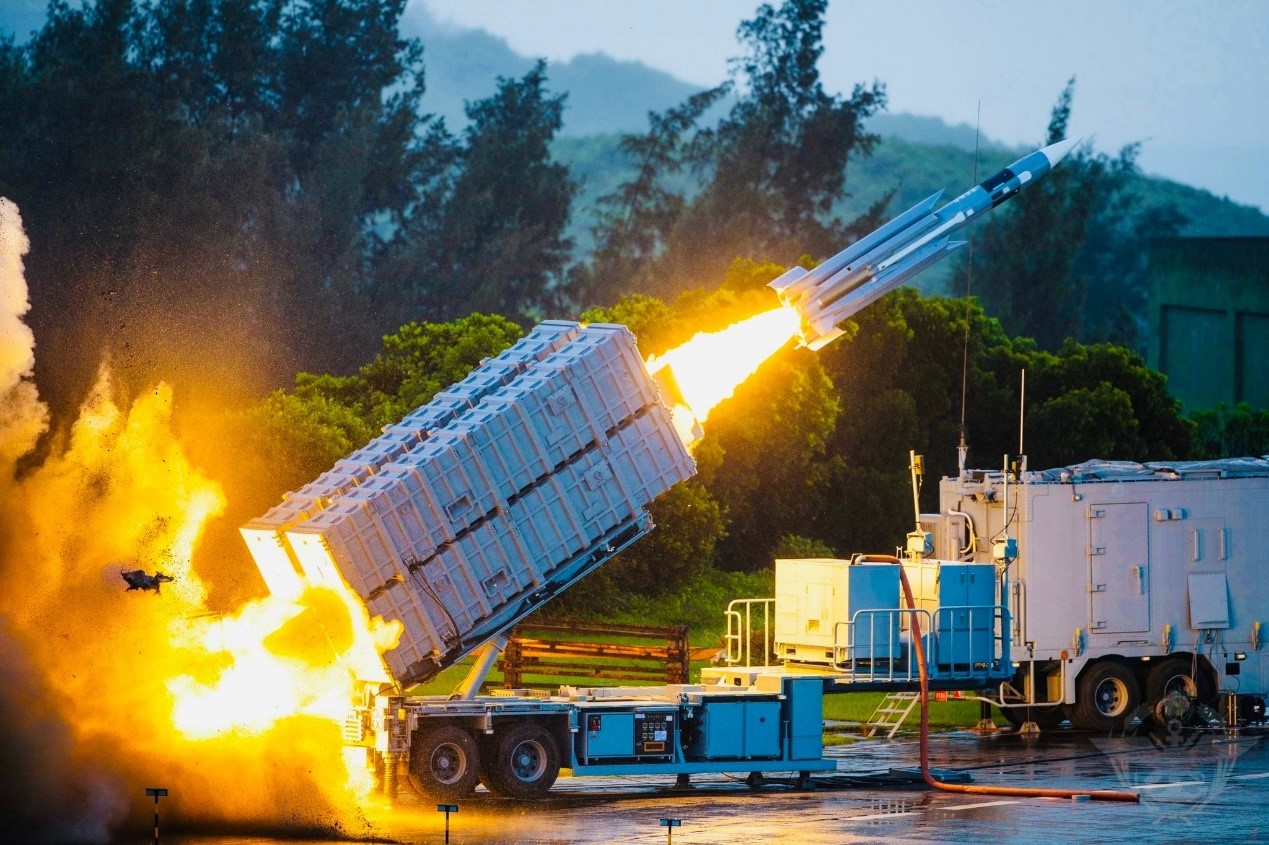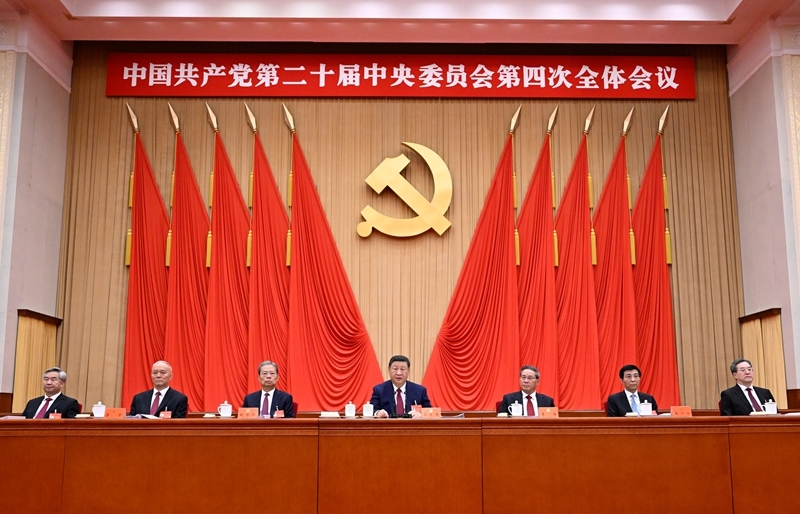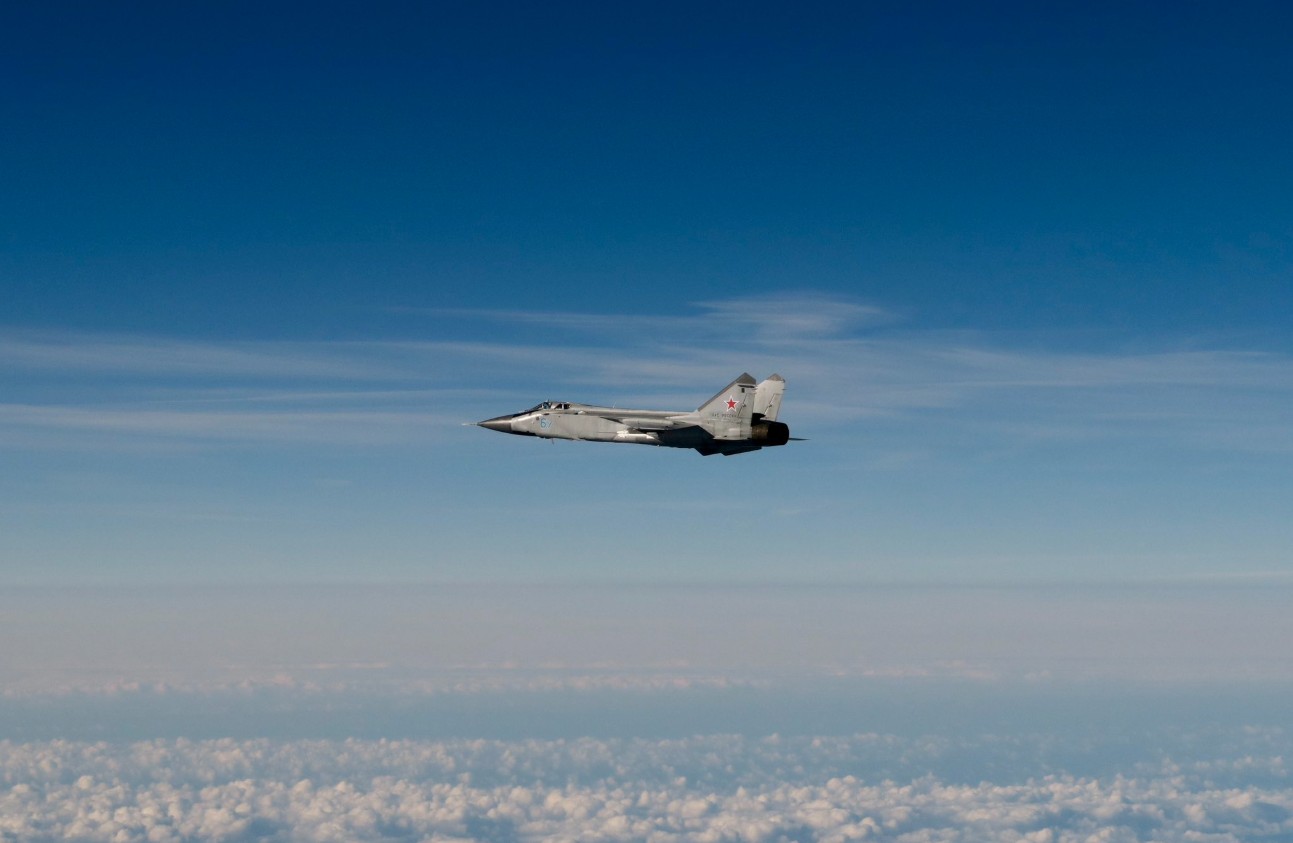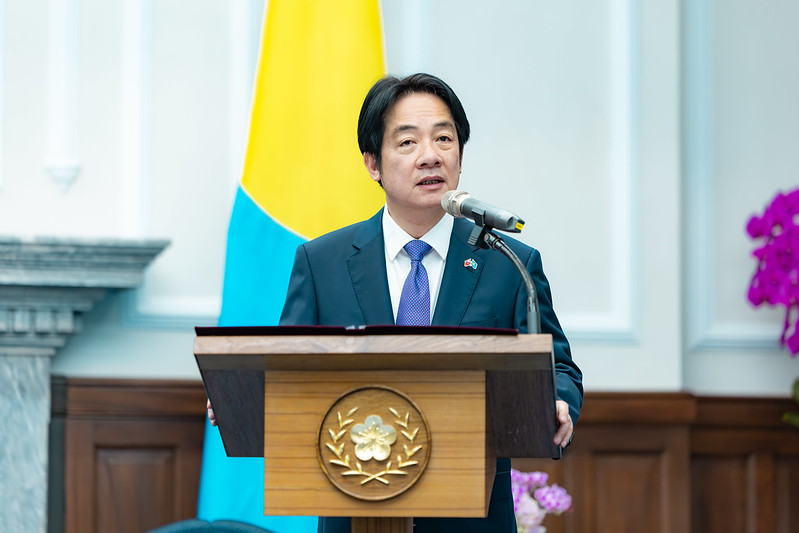Going through various basic combat training or actual deployments helped to increase motivation and boost morale. Those pillars of civilian and military institutions led to improvements in the capacity of local communities to organize and mobilize resistance. Picture source: Depositphotos.
Building Democracy at Gunpoint – Lessons from Ukraine for Taiwan
Prospects & Perspectives No. 16 March 24, 2023
By Batu Kutelia
No man ever steps in the same river twice,
for it’s not the same river and he's not the same man.
Heraclitus
When Russia invaded Ukraine on February 24, 2022, it discovered a completely different country than the one it had encountered eight years earlier in 2014 when Russia launched its first military aggression against Ukraine. At that time, its aggression resulted in the swift annexation of sovereign territory of Ukraine — Crimea and the occupation of parts of the two eastern regions of Donbass and Donetsk. In 2022, Russia deployed much bigger forces and military capabilities. This time, however, Ukraine demonstrated significant resilience, and Russia was not able to maintain most of its initial strategic advances and incurred significant defeats and heavy losses. An attempted attack on the capital, Kyiv, resulted in a complete Russian fiasco. The same happened in major Russian-speaking areas, where Russian expectations of sympathy were met with fierce civil resistance and patriotism.
The Mariupol factor
In 2014, while state institutions largely failed to respond properly and the rest of the national security and defense apparatus largely failed, citizens of Mariupol demonstrated the ability of local communities to self-organize. The largest employer in the city, Azovstal (a steel factory), has played an important role in mobilizing and regained control of the city.
After the 2022 invasion and long siege of Mariupol, it became evident that since 2014 — in anticipation of a renewed aggression against the city — its inhabitants, state institutions, private entities and volunteers were preparing for it. Mariupol resisted three months of Russian siege and enormous military pressure. Other cities in eastern Ukraine were also scaling up their efforts based on the Mariupol lesson of self-defense in preparation of potential aggression.
Reform = resilience
Besides military coercion, Ukraine was under heavy hybrid pressure and malign influence from Russia, all of this lubricated by corruption and kleptocracy. Ukraine had two options: either to give in to Russian hybrid coercion, or start the painful process of democratic statecraft and systemic reformation at Russian gunpoint. Ukrainians chose the second option by their embrace of European values instead of authoritarian and kleptocratic rule, and with their readiness to fight the aggressor. This choice helped to forge a much stronger national identity, even in parts of the country with a predominantly Russian-speaking population.
In 2019, a legitimate, democratically elected president and reform-oriented government launched a comprehensive 4D reform agenda for the complete overhaul of the state. Facing the legacy of systemic corruption, oligarchization of the economy and politics, and distrust of security institutions, this process was painful, challenging and sometimes controversial. Some political and economic stakeholders were trying to capitalize on the temptation to use the external threat as an argument for slowing down the reform. And yet, President Zelensky, his team, and Ukrainians just did the opposite. Ukrainians were hooked to the idea of Europeanization, which generated public trust and a sense of belonging toward the Ukrainian state and democratic free world.
Of the many items of the complex reform agenda, two important areas can be identified as crucial for resilience: Armed Forces reform and Governance reform in conjunction. The New Military Security Strategy has focused on “all-encompassing and in-advance-prepared defense of Ukraine, which is based on deterrence, resilience, and interaction.” The National Resilience Concept, meanwhile, was fully in line with NATO’s baseline requirements on resilience, including (but not limited to) assured continuity of government and critical government services; resilient food and water resources: ensuring these supplies are safe from disruption or sabotage; resilient energy supplies and transport systems; resilient civil communications systems: ensuring that telecommunications and cyber networks function even under crisis conditions; ability to deal with mass casualties and uncontrolled movement of people and to de-conflict these movements from military deployments; resilience to information influence operations; and financial and economic resilience.
On the civilian side, governance reform played a decisive role: decentralization and public administration, digital transformation and rule of law and anti-corruption were major pillars of the reformation.
Territorial defense – A bridge between the Armed Forces and civilians
The implementation of above-mentioned concepts required a high degree of interoperability among military and civilian institutions. Therefore, in January 2022, legislation was passed to establish a territorial defense force for Ukraine: specially trained volunteers who can be called up to the army in case of a crisis. The “Law on National Resistance” allows territorial defense forces to operate outside their home regions and to participate in combat. Territorial defense forces encompass peacetime staffing of 10,000 people and special period staffing of 130,000 people; additionally it includes volunteer units of the territorial communities.
Going through various basic combat training or actual deployments helped to increase motivation and boost morale. Those pillars of civilian and military institutions led to improvements in the capacity of local communities to organize and mobilize resistance. Civilians learned how to use weapons and to avoid panicking in the face of a Russian attack. Volunteer units learned the necessary skills to interoperate with other state entities, territorial communities, especially in border regions and those closer to the frontline, or even under occupation.
Decentralized community budgets became sources of funding for the military and assisted internally displaced people. This enabled local communities in occupied territories to ensure the continuous provision of public utilities, secondary education under Ukrainian curricula and payment of salaries and social programs — even in occupied territories — through the unified and digitized treasury system. Digital transformation has been an important pillar of the governance reform against Russian propaganda, fighting corruption, self-organization, and public awareness and successful countering Russian cyber-attacks. The Ministry of digital transformation’s Public Private Partnership for continuity of connectivity and infrastructure (SpaceX, Starlink) enabled enhancements and accessibility to Internet and telecommunications network (supporting the military, public and internally displaced persons). Various digital platforms enabled central and local government to document war crimes and damaged and destroyed property, register displaced individuals and coordinate humanitarian assistance. Digital activists have created platforms (chat bots on the Telegram messaging app), through which Ukrainians can report the movement of Russian occupiers.
Leadership and mission command
One year into the Russian invasion has clearly demonstrated that for resilience, societal abilities are as important as military capabilities. This was evident especially during the first weeks of the aggression. Political leaders like President Zelensky at the national level need local leaders and authorities who are empowered and encouraged to exercise the civilian version of mission control.
Year 2022 was a crash test for the Ukrainian state and national unity of Ukrainian citizens. Gaps and incomplete reforms have also been revealed. A number of local communities did not perform well. Overlap of powers between regional and district state administrations created problems, as did overlaps with the centralization of martial law. In many cases, those gaps were filled by individual leaders at the national and local level.
A few common characteristics that led to success can be highlighted: political credibility and legitimacy of holding positions as the result of democratic elections; competence and responsibility that sustained public trust and high morale; ability to communicate independently under the national strategic communication framework.
Every next war/crisis will be different than the previous one, but the terrorist nature of Russian aggression and atrocities against civilians as a means of achieving demoralization through brutality and fear clearly identifies the necessity of more organized preparedness to minimize civilian casualties and suffering. Emphasis should be given to the civilians behind the enemy lines or under enemy occupation, protection and back up of life-supporting critical infrastructure, creation of networks of shelters and other protective infrastructure for vulnerable civilians, diversification of supply lines, streamlining of the civil-military cooperation and utilization of dual-use goods and infrastructure and more efficient volunteer management.
One major lesson of Ukraine’s one year of war is that resilience rests on the democratic reformation of the state. This is not a finite process; rather, it should be constant and irreversible, whether in peacetime or wartime.
(Amb. Batu Kutelia is Senior Fellow, Foreign Policy Research Institute.)

